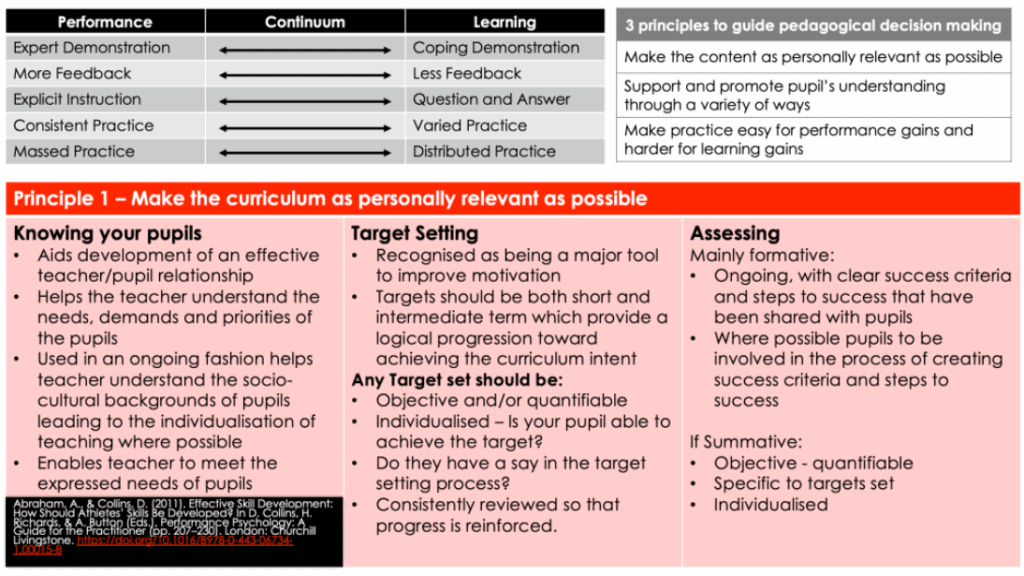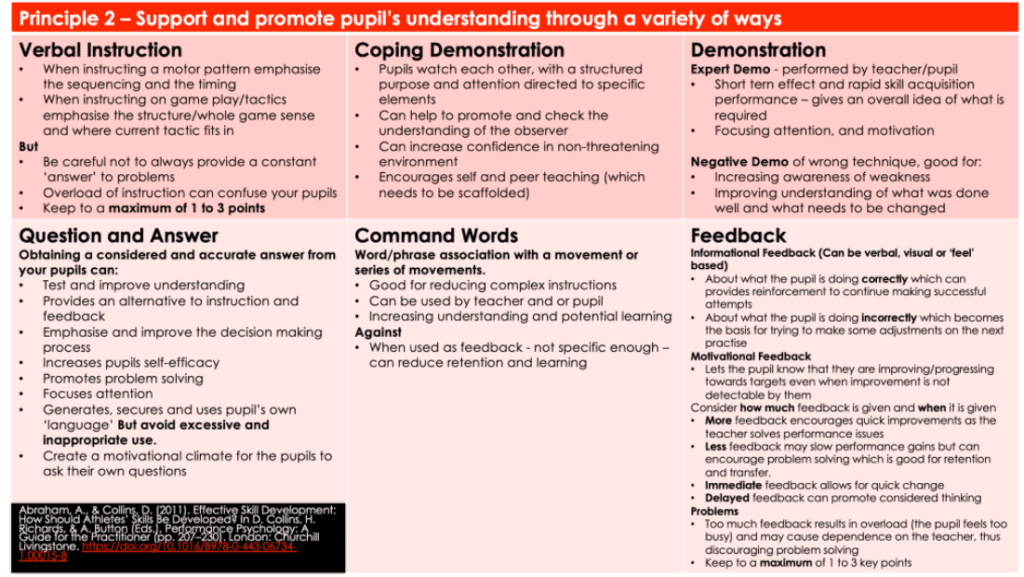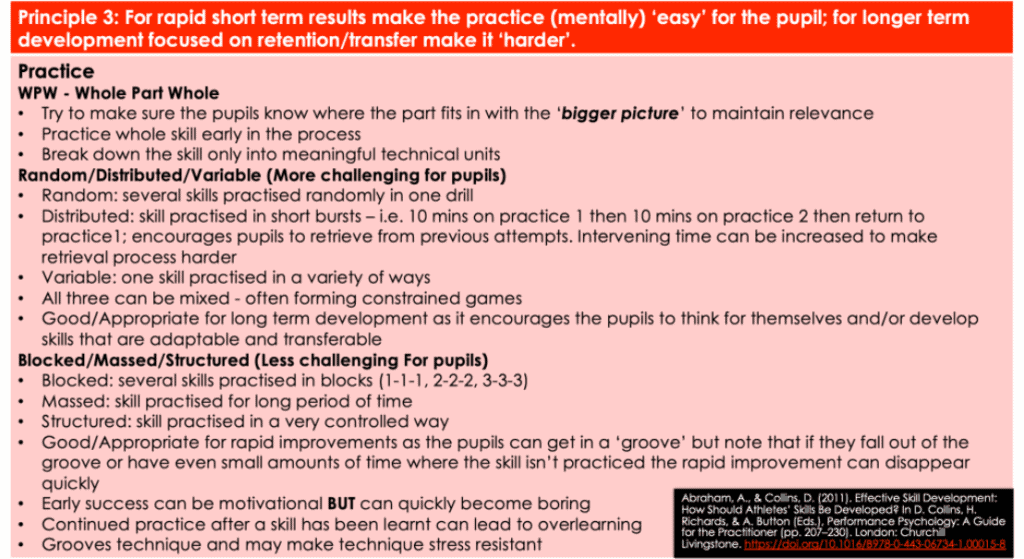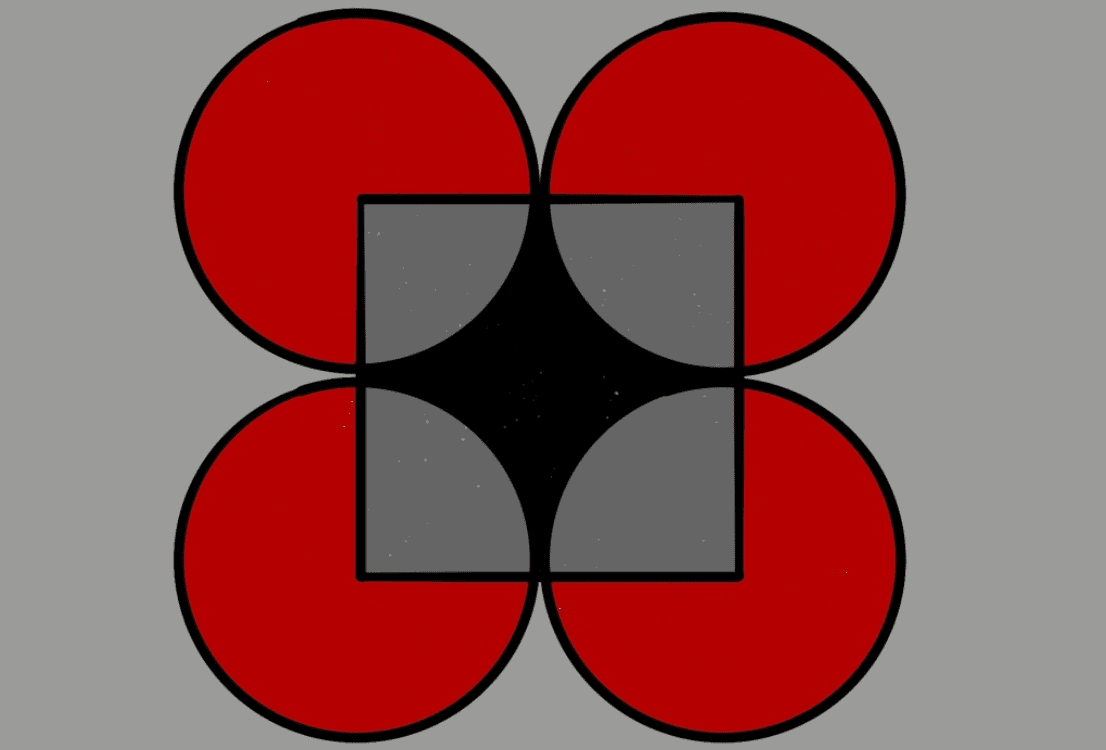The recent Ofsted research review in PE highlights that most children in PE lessons are novices and therefore need to be supported by explicit teaching strategies. Specifically high quality demonstration, instruction, feedback and practice will benefit the acquisition of important declarative and procedural knowledge. Whilst the advice in the review on these strategies is sound I would like to contribute some depth to them by focusing on procedural knowledge through the lens of performance and learning.
To ensure we can make better judgements and decisions about using these teaching strategies (why we use them, when to use them, how to use them and what to use them for) it can help to distinguish performance from learning. Soderstrom and Bjork in their integrative review define them as:
Performance – refers to the temporary fluctuations in behavior or knowledge that can be observed and measured during or immediately after the acquisition process
Learning – refers to the relatively permanent changes in behavior or knowledge that support long-term retention and transfer
This distinction raises a crucial point. All we can ever observe within a single PE lesson is performance and we can only ever look to infer learning over an extended period of time. Not only should we be aware of this distinction, but also of the paradox that exists between them. Bjork and Bjork make the point that “Conditions of learning that make performance improve rapidly often fail to support long-term retention and transfer, whereas conditions that create challenges and slow the rate of apparent learning often optimize long-term retention and transfer.” We have evidence from studies across a range of disciplines, including motor learning, that that learning can happen across a time period with no apparent change in performance. The reverse has also been found, that improvements in performance across lessons can occur without any significant learning. We need to ensure that we are not misled by our judgements about performance improvements over a short period of time and interpret them as a valid measures of learning.
The PE Teacher is a pedagogical decision maker. We have a wide range of tools at our disposal (instruction, demonstration, feedback, practice etc.) to help support children’s development. However it is not enough to know that we have them, we also need to use them well. To do this we need understand why we might use them and when and how to use for that purpose. All four of the recommended strategies can be used either to enhance performance or enhance learning. Take using demonstrations – we can use them for performance purposes (because the activity has an element of danger and we need a quick improvement of performance to ensure greater safety) or we can use them to support learning.
Abraham and Collins offer an excellent overview a ‘toolbox’ of applied learning tools which I have adapted below. This is to help inform pedagogical decision making and to better understand the tools we have at our disposal. Along with the toolbox they offer three golden rules of developing the conditions for a learning environment:
- Make the content as personally relevant for your pupils as possible.
- Support and promote pupil understanding through and variety of ways.
- For rapid short-term results make the session (mentally) easy for your pupils, for long-term learning and development make it harder.



Most of the literature conceives learning and performance in contest with each other, but Abrahams and Collins conceptualise it as a continuum which is more helpful for decision making. We may decide that performance improvement might be more beneficial than learning at a certain moment in our teaching, and that by selecting one over the other we have to deal with potential trade-offs that come. To do that well it requires us to ask the following questions and have well thought out answers – Which tools do we wish to use and why do we wish to use them? Do we wish to work at the performance end of the continuum or the learning end?

If the major goal of our demonstrations, instructions, feedback and practices is learning then we need to be aware of the differences between performance and learning and that as a pedagogical decision maker we understand how our teaching behaviours and task design can promote one end of the performance/learning continuum over the other. The optimal conditions for immediate performance improvement in PE are not the same as for the optimal conditions that promote learning and development.

